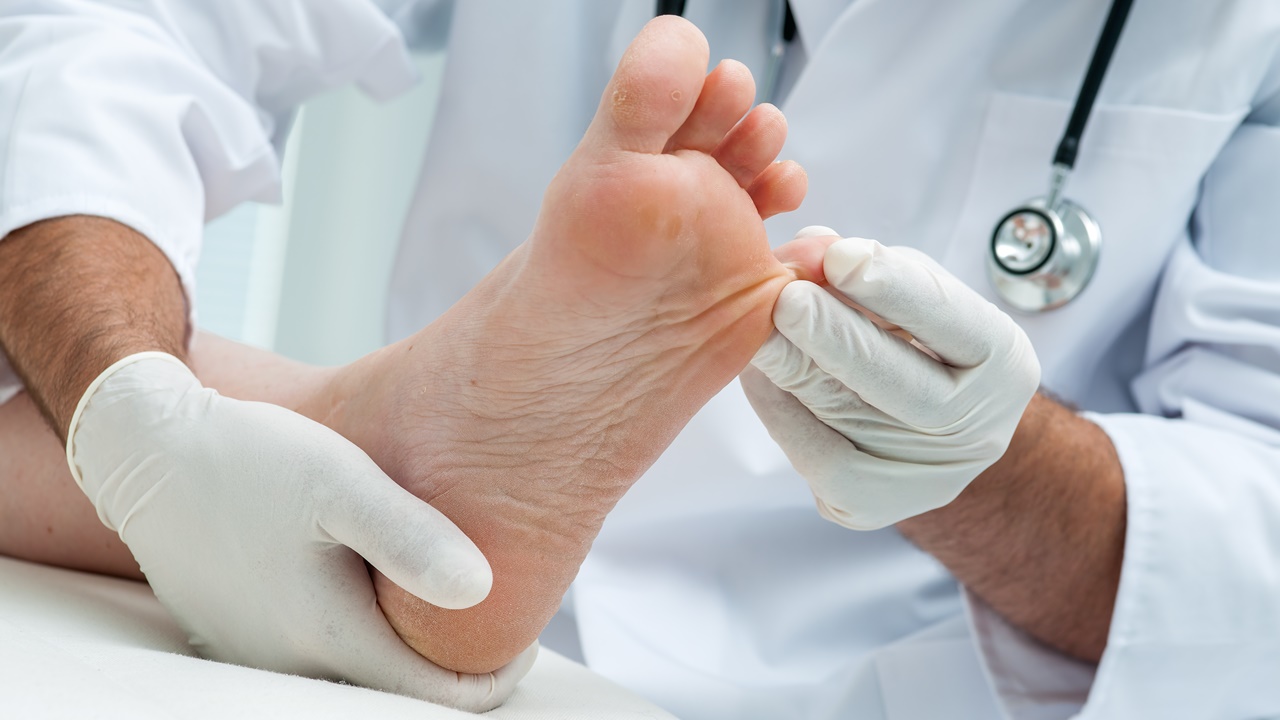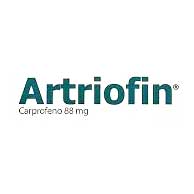During the summer, heat, humidity, and high attendance in public places are determining factors for the development of certain skin conditions. One of the most common is mycosis, or fungal infection, which can appear in different parts of the body.
The most widespread picture is that of mycosis on the feet. However, ringworm (which can appear on the head, beard, leg, etc.), onychomycosis (nail infection) or tinea versicolor (skin spots) is also very common. Let’s start by talking about the most well-known condition.
How to prevent athlete’s foot
This is the most typical case of foot infections. It is very easy to get infected by not following adequate hygiene rules when visiting public places, such as swimming pools or gyms. But avoiding it is also easy if we follow some guidelines.
For starters, it’s important not to walk barefoot in public pools or showers. We must always use open footwear, such as flip-flops or sandals, so as not to come into direct contact with the floor, where some types of fungi can survive.
When leaving the pool, we need to dry ourselves well, especially between our toes. Moisture tends to concentrate in these folds, giving rise to the appearance of fungus. It is also a good measure to use foot powders, which help keep the skin dry.
It is also important to change your socks and shoes daily. On the other hand, it is not recommended to put your feet in hot water for a long time, since it macerates them, favoring the appearance of fungus. And if you already suffer from them, go to the dermatologist for a proper diagnosis.
Other types of mycoses
In general, the recommendations to avoid fungal infections of the feet are also applicable to prevent fungal infections in other parts of the body. For example, drying yourself carefully after bathing is essential.
On the other hand, it is also very important to shower before and after entering the pool. By doing so, we are removing skin cells (scales) that could be infected with fungus. In this way, we avoid affecting other people or infecting ourselves with their possible dermatological infections.
As we know, the fungus finds the ideal environment to develop in the moist areas of our body, such as the feet, hands or groin. Therefore, excessive sweating must be avoided. If possible, we should take more than one shower a day and use body powders.
In the case of women, intimate hygiene is very important. It is necessary to choose soaps or products with a suitable pH (between 3.5 and 5.5, in general). This will help maintain or restore the acid barrier that protects the genitals from infection.
Going to public places is always a risk of contagion. If we feel burning, itching, or notice cracks or spots on the skin, we can use antifungal creams for a few days, but it is always better to consult a specialist.















































